44 salt on food labels
Watching Salt? Here's How to Decode Food Labels - Cooking Light "Low sodium," "very low sodium," and "salt- or sodium-free" on food labels translate to less than 140, 35, and 5mg per serving, respectively. These front-of-the-package claims can help you spot legit lighter-sodium products at the supermarket—look for low sodium chicken broth, low sodium canned beans, low sodium bread, and low sodium soy sauce. Salt Food Labels | Zazzle Stick out with amazing Salt food labels at Zazzle! Labels for jars in a huge range of theme & designs. Add art or text with our design tool. Make an impression today!
How do you read a food label for salt / sodium? - Irish Kidney Diet If the salt content is not available on a label you can calculate it from the sodium content using the following: Sodium x 2.5 = salt content or Salt ÷ 2.5 = sodium content If you have kidney disease a good goal for sodium intake is 2300 mg of sodium or 6g salt per day.
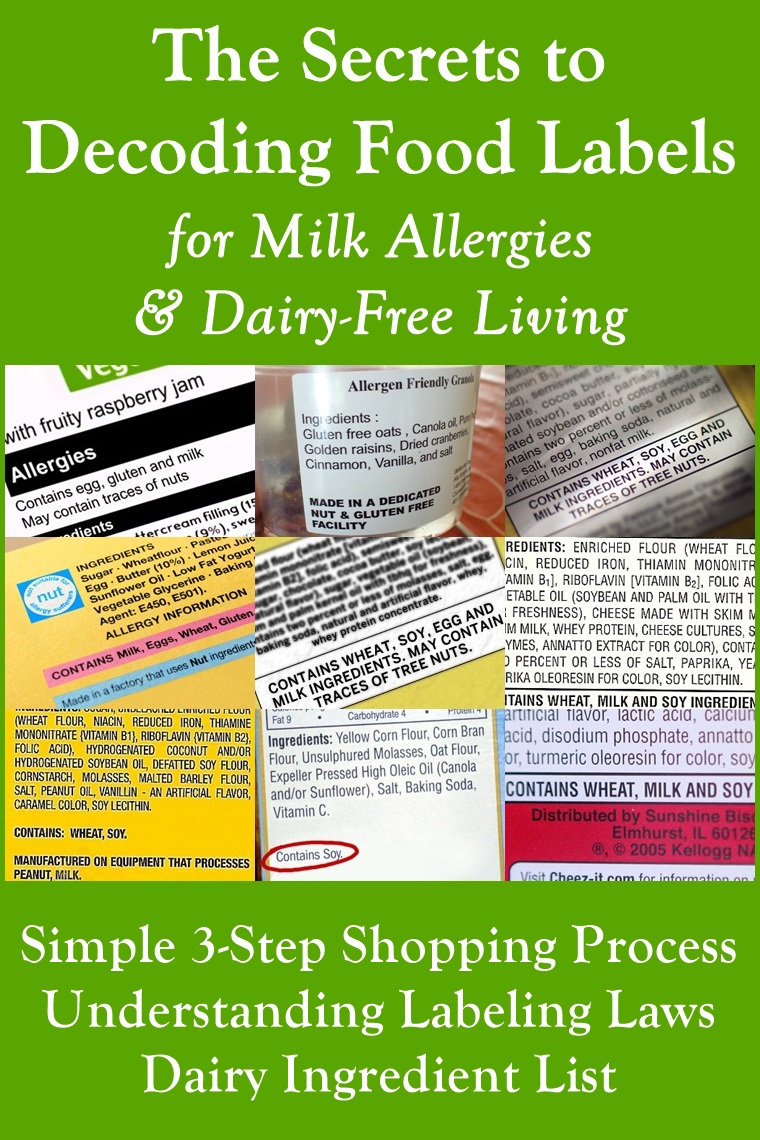
Salt on food labels
Sodium on the Nutrition Facts Label | FDA - U.S. Food and Drug ... Most Americans eat too much sodium and diets higher in sodium are associated with an increased risk of developing high blood pressure. The Nutrition Facts label is a handy tool you can use every... Reading Labels - World Action on Salt & Health Some food labels may only state the sodium content. To convert sodium to salt, you need to multiply the amount by 2.5. For example, 1g of sodium per 100g = 2.5 grams of salt per 100g You then need to know the weight of the serving portion in grams e.g. 30g Then divide the concentration of salt per 100g by 100 and multiply by the serving size. Sodium and Food Labels | Sutter Health 2 green onions: 4 mg sodium. 1 tablespoon low-sodium sweet pickle relish: 50 mg sodium. Total = 783 mg sodium. Per serving (2): 392 mg sodium. Add to your meal: 2 slices no-salt-added wheat bread: 20 mg sodium. 1 cup grapes: 3 mg sodium. 1 cup low-fat milk: 125 mg sodium. Total for one meal = 540 mg sodium.
Salt on food labels. Food Labels | CDC - Centers for Disease Control and Prevention In general, eat more foods that are higher in vitamins, minerals (such as calcium and iron), and fiber. Eat fewer foods that are higher in added sugars, saturated fat, and sodium (salt), and avoid trans fat. Keep in mind that the % Daily Value of each nutrient, such as total fat of 10% in the example below, is based on eating 2,000 calories a day. Food Packaging Claims | American Heart Association No salt added or unsalted: No salt added during processing. If the food is not sodium free, the statement "not a sodium free food" or "not for control of sodium in the diet" must also appear on the label. Fiber: If a food claims to be … It means that one serving* contains … High fiber or excellent source of fiber How to Read Sodium Percentages on Food Packages The 2010 Dietary Guidelines recommends that adults consume less than 2,300 milligrams of sodium per day. However, people with certain risk factors or health conditions should consume less than 1,500 milligrams of sodium per day. This recommendation includes middle-age adults, older adults, African-Americans and individuals with high blood ... San Francisco Restaurant Reviews, Recipes, Wine & Spirits ... Find food and wine reviews and news on San Francisco restaurants, recipes, cooking, chefs, cocktails and bars — SFGate
Salt and Sodium | Nutrition.gov Learn more about salt and sodium in your diet and how it affects your health. Find resources and tips for reducing the amount in your diet while keeping the flavor. ... Includes healthy food choices, cooking ideas, information on shopping and reading food labels. Tips to Eat Less Salt and Sodium. HHS, National Institutes of Health ... International News | Latest World News, Videos & Photos -ABC ... Oct 18, 2022 · Get the latest international news and world events from Asia, Europe, the Middle East, and more. See world news photos and videos at ABCNews.com How to Read Salt Labels | Cooking Light Must contain at least 25% less than the original food, a competitor's product, or another reference. For Example: Kikkoman Less Sodium Soy Sauce (575mg) vs. Kikkoman Soy Sauce (920mg) Sodium Savings: 345mg per 1 tablespoon Claim #3: "Light in Sodium" or "Lightly Salted" Credit: Photo: Randy Mayor Check the label | Food Standards Agency Using the traffic light label is very helpful when you want to compare the calorie, fat, sugar and salt content of different food products at a glance and helps you make a more informed choice. On this page, we will give tips on how to check the nutritional information on pre-packaged foods and help you understand what it means.
Food Ingredients & Food Science - Additives, Flavours, Starch Plant-based alternatives won’t cut it, argue cell ag innovators: ‘Consumers are unwilling to compromise on sensory experience’ Can biomarker breakthrough 'put the science behind food labels'? Dutch food tech pioneer Meatable partners with ESCO Aster to bring cultivated pork to Singapore Shaking up the digital food delivery market: Fresh ... What Sodium Labels Mean: A Guide to Decoding Sodium Labels No-Salt Added: These products contain no sodium chloride. And the sodium content, if any, will come from the natural sodium found in the ingredients. Sodium-Free: These products have less than 5 milligrams of sodium per serving and contain no sodium chloride. Very Low Sodium: These products contain 35mg sodium or less per serving. Low Sodium: These products contain 140mg sodium or less per ... Salt: the facts - NHS Adults should eat no more than 6g of salt a day (2.4g sodium) - that's around 1 teaspoon. Children Children aged: 1 to 3 years should eat no more than 2g salt a day (0.8g sodium) 4 to 6 years should eat no more than 3g salt a day (1.2g sodium) 7 to 10 years should eat no more than 5g salt a day (2g sodium) How to Read a Food Label to Limit Sodium: Care Instructions The label lists the ingredients in a food in descending order (from the most to the least). If salt or sodium is high on the list, there may be a lot of sodium in the food. Know that sodium has different names. Sodium is also called monosodium glutamate (MSG), sodium citrate, sodium alginate, and sodium phosphate. Read Nutrition Facts labels
Understanding Food Labels | The Nutrition Source | Harvard T ... Chile implemented the Law of Food Labeling and Advertising in 2016, comprised of mandatory front-of-package (FOP) warning labels, restrictions on child-directed marketing, and the banning of sales in schools of all foods and beverages containing added sugars, sodium, or saturated fats that exceeded set nutrient or calorie thresholds. [1]
Learn About Salt Free Food Labels | Chegg.com Salt Free Food Labels Definition. Salt-free food labels appear on certain food packages that have very negligible sodium content. A low-sodium diet contains 1500-2400 mg of sodium per day. A low-sodium diet is very important for the management of hypertension, kidney, liver failure, or even liver dysfunction.
How to Convert Sodium to Salt for a Food Label - Positive ID Labels Examples of how to convert sodium to salt for a food label Basically Sodium x 2.5 = Salt From a chemistry point of view, the reason for this is as follows: Sodium has an atomic mass of 22.99 Chlorine has an atomic mass of 35.45 Salt is Sodium Chloride at a ratio of 1:1 The atomic mass of Salt is 22.99 (1) + 35.45 Salt has an atomic mass of 58.45
PDF Controlling Sodium and Reading Labels - Veterans Affairs Nutrition and Food Services (09/2019) Page 3 2) Check sodium content. Use food labels and packaging to help you select the lowest sodium option. If unable to buy low sodium versions, drain and rinse canned foods under running water to remove excess sodium. • Choose foods with 140 mg sodium or less per serving.
Food Certifications & Labels Guide (Kosher, Halal & More) Monosodium glutamate (MSG) is glutamic acid in salt form, an amino acid found naturally in the body and in many food products. It is commonly used to enhance the flavor of foods. MSG is FDA approved, and scientific research has been conducted in an attempt to understand the potential effects of MSG.
Guidelines for a Low Sodium Diet | Patient Education | UCSF ... Choose low sodium foods. Many salt-free or reduced salt products are available. When reading food labels, low sodium is defined as 140 mg of sodium per serving. Salt substitutes are sometimes made from potassium, so read the label. If you are on a low potassium diet, then check with your doctor before using those salt substitutes.
Reading labels - Action on Salt Look at the weight of the packet as a guide. Step 1 - Calculate how much salt there is per gram by dividing the amount of salt per 100g by 100 Step 2 - Check the weight of a recommended portion as stated on the pack Step 3 - Finally, work out how much salt there is per portion by multiplying the figures from step 2 and step 3 FoodSwitch
Food labels - NHS There are guidelines to tell you if a food is high in fat, saturated fat, salt, sugar or not. These are: Total fat High: more than 17.5g of fat per 100g Low: 3g of fat or less per 100g Saturated fat High: more than 5g of saturated fat per 100g Low: 1.5g of saturated fat or less per 100g Sugars High: more than 22.5g of total sugars per 100g
Be Salt Smart | MyPlate Look for canned vegetables labeled "no added salt." Look for cue words Items that are "pickled," "brined," or "cured" tend to be high in sodium. Include these foods in your meals sparingly. Put together meals at home Making your own meals gives you more control over the salt you eat. Taste your food before adding salt from the shaker.
Food Labeling & Nutrition | FDA Food labeling is required for most prepared foods, such as breads, cereals, canned and frozen foods, snacks, desserts, drinks, etc. Nutrition labeling for raw produce (fruits and vegetables) and...
Salt and Sodium - A guide for Food Labelling - Medic8 Most foods will show the amount of salt per 100 grams but not all show these amounts for both salt and sodium. Some foods will show sodium content only whereas others will show salt only. Too much sodium can be equally as bad as too much salt. Note: salt is NOT sodium but it does contain a high percentage of sodium.
What do the sodium (salt) numbers mean on food labels? - Dr. Gourmet For those simply trying to eat healthier the American Heart Association recommends 2,300 mg per day (this is about the amount in a teaspoon of salt). Most physicians have their patients with conditions such as Congestive Heart Failure (CHF) and hypertension eat less, however, with a target of 1,500 mg.
Sodium Infographics | cdc.gov Top 6 Sources of Sodium from Restaurant Foods1,2: 1. 170 to 7,260mg sodium per sandwich. 2. 393 to 4,163mg sodium per slice of pizza containing meat. 3. 200 to 2,940 mg per burger. 4. 62 to 7,358 mg sodium per chicken entrée). 5. 250 to 4,870 mg per Mexican entrée. 6.
Food Labeling - USDA Several federal agencies are involved in the regulation of food labels in the United States. Food labeling is generally regulated by the United States Department of Agriculture (USDA) and the United States Food and Drug Administration (FDA). The Food Safety and Inspection Service (FSIS), a public health agency within the USDA, is responsible for ensuring that the nation's commercial supply ...
Different Names for Sodium in Food | Healthy Eating | SF Gate When trying to eliminate sodium from your diet, scan the ingredient list before eating or drinking anything. Any ingredient with "sodium" or "Na" -- the chemical name for sodium -- in its...
Is Sodium the Same Thing as Salt? - Academy of Nutrition and Dietetics On the label, look for foods that are lower in sodium. Choose foods with less than 120 milligrams of sodium per serving. Look for the words salt-free, sodium-free, very low sodium and low sodium on the label. Double-check sodium content of foods with labels that read unsalted, no salt added, reduced sodium or lower sodium.
Sodium and Food Labels | Sutter Health 2 green onions: 4 mg sodium. 1 tablespoon low-sodium sweet pickle relish: 50 mg sodium. Total = 783 mg sodium. Per serving (2): 392 mg sodium. Add to your meal: 2 slices no-salt-added wheat bread: 20 mg sodium. 1 cup grapes: 3 mg sodium. 1 cup low-fat milk: 125 mg sodium. Total for one meal = 540 mg sodium.
Reading Labels - World Action on Salt & Health Some food labels may only state the sodium content. To convert sodium to salt, you need to multiply the amount by 2.5. For example, 1g of sodium per 100g = 2.5 grams of salt per 100g You then need to know the weight of the serving portion in grams e.g. 30g Then divide the concentration of salt per 100g by 100 and multiply by the serving size.
Sodium on the Nutrition Facts Label | FDA - U.S. Food and Drug ... Most Americans eat too much sodium and diets higher in sodium are associated with an increased risk of developing high blood pressure. The Nutrition Facts label is a handy tool you can use every...

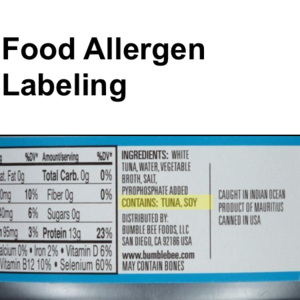

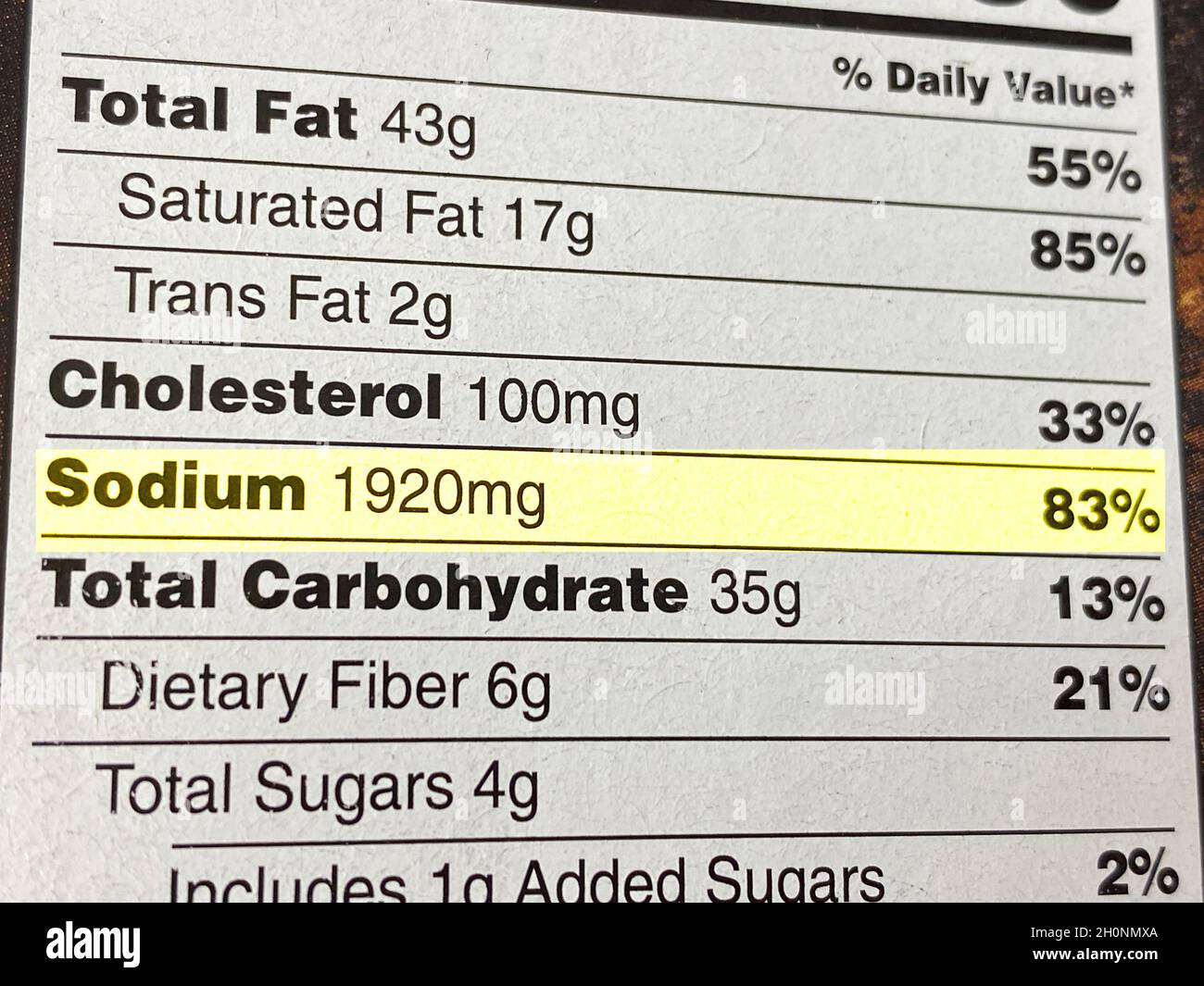


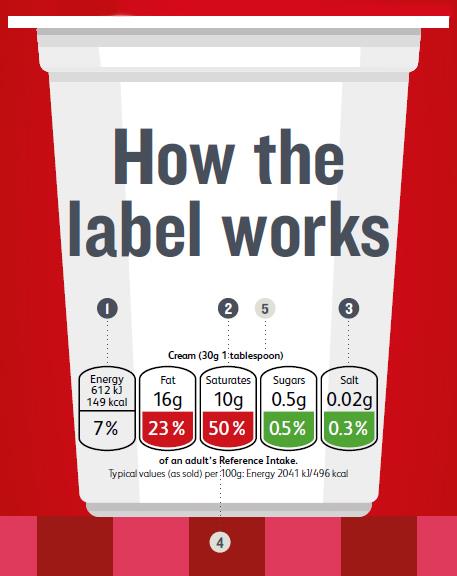

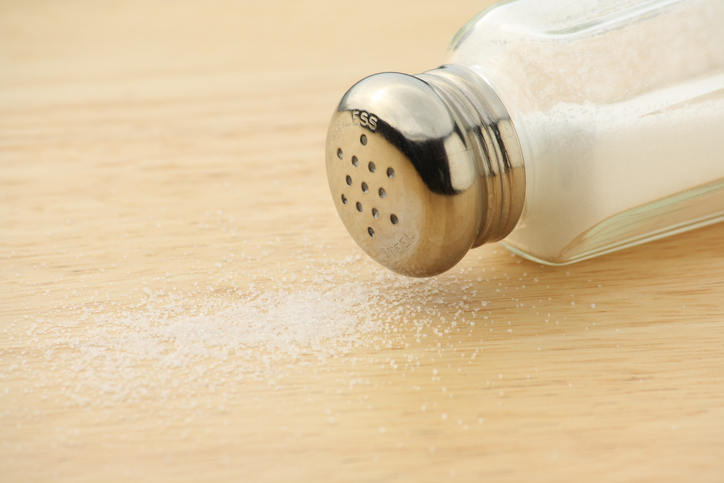



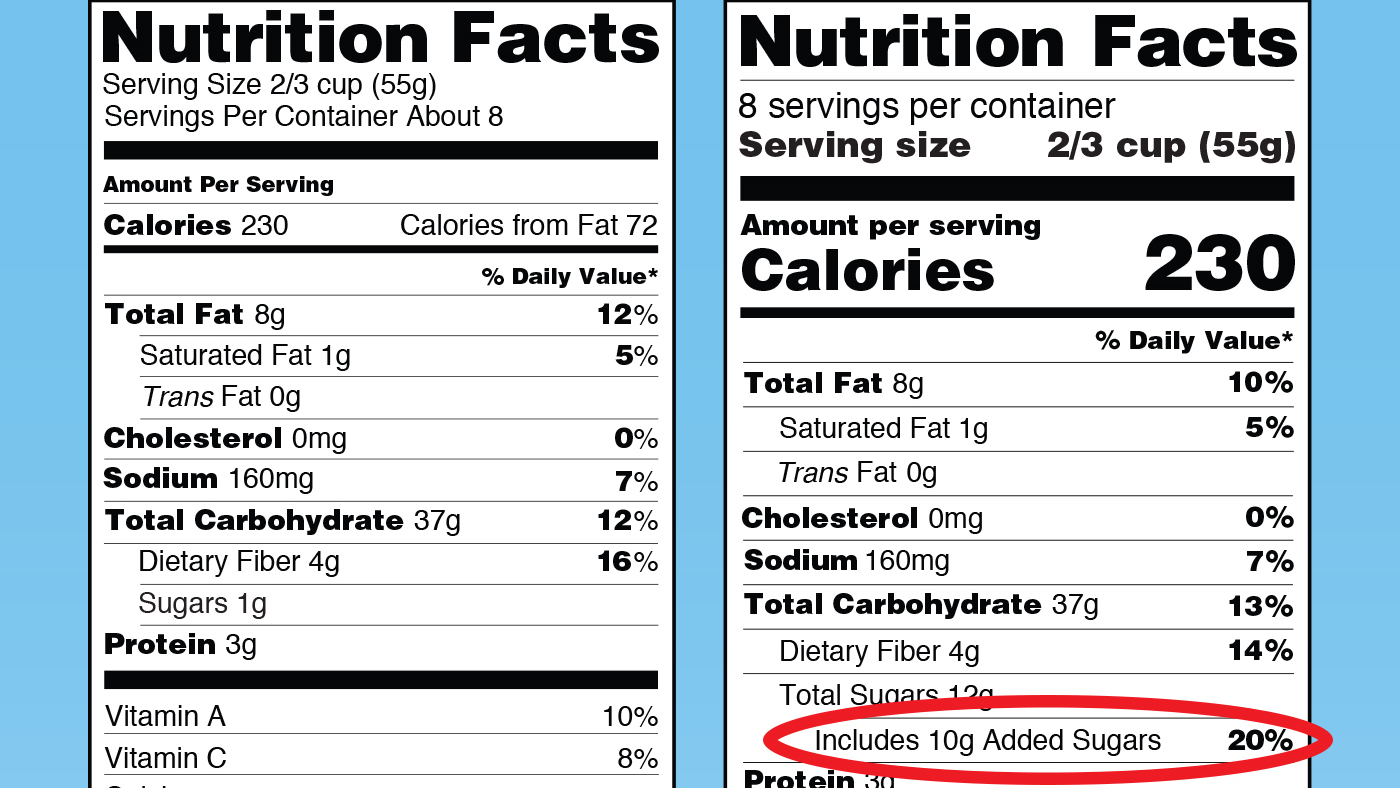





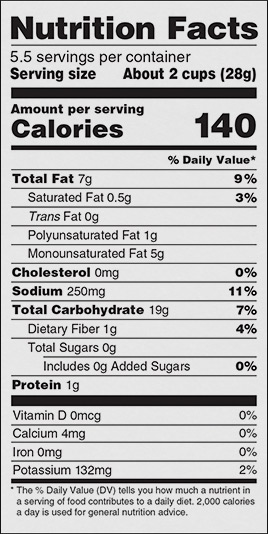
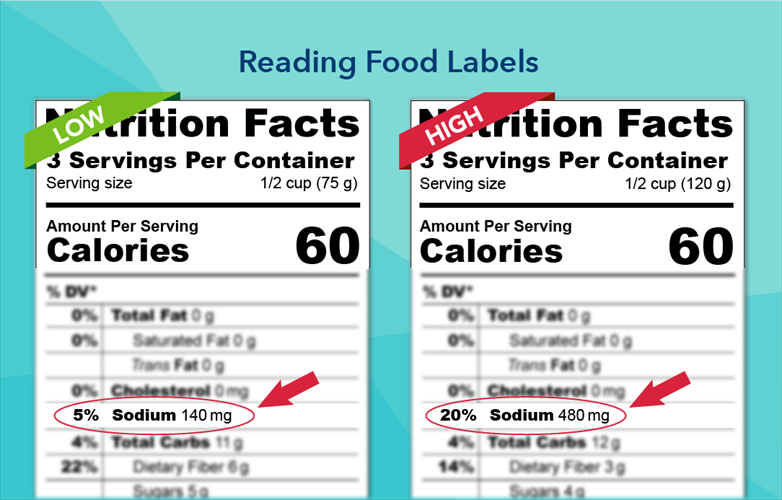

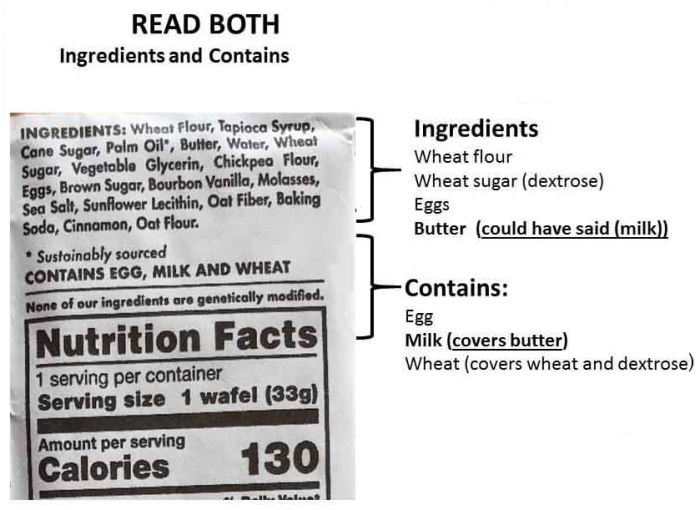
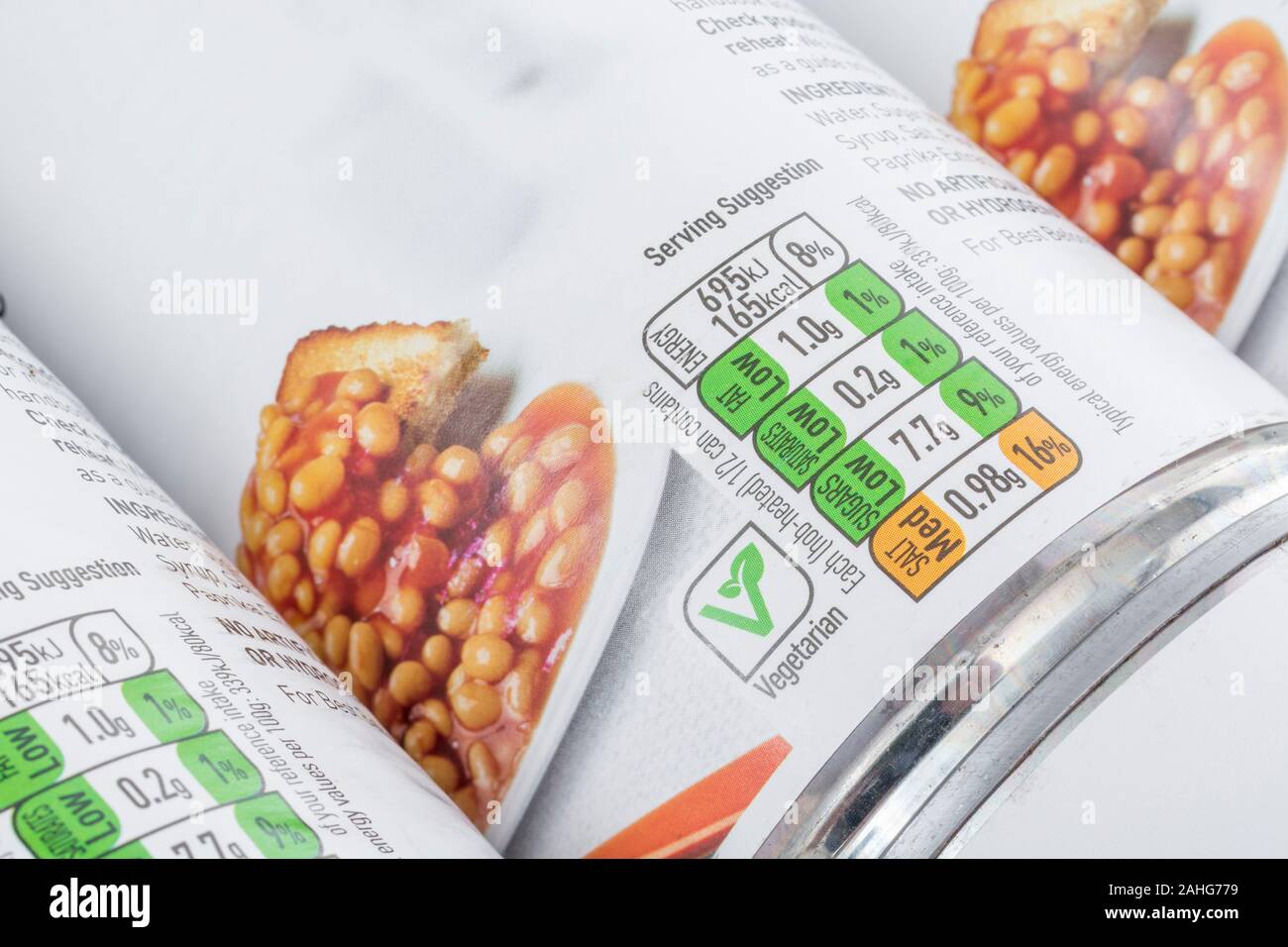




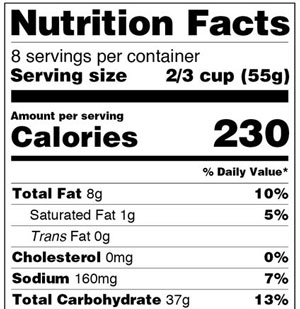

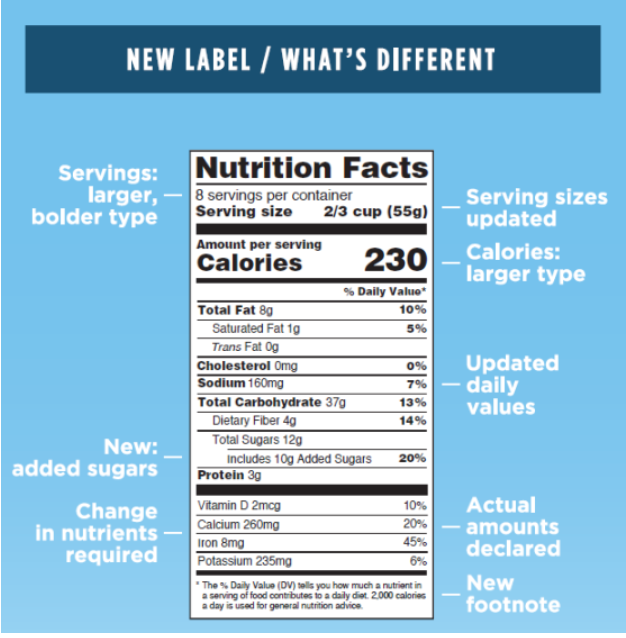




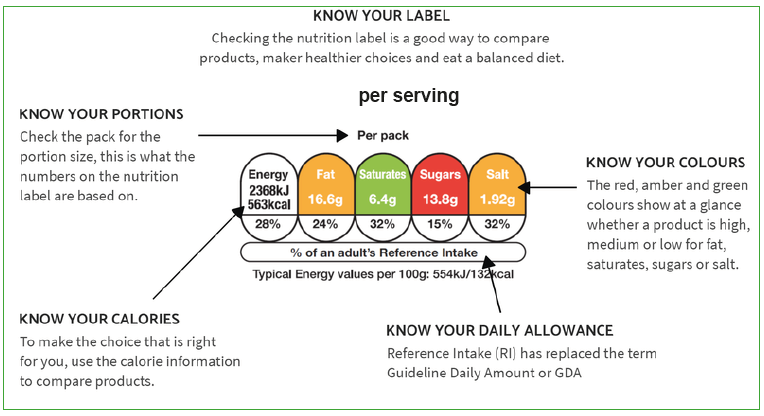


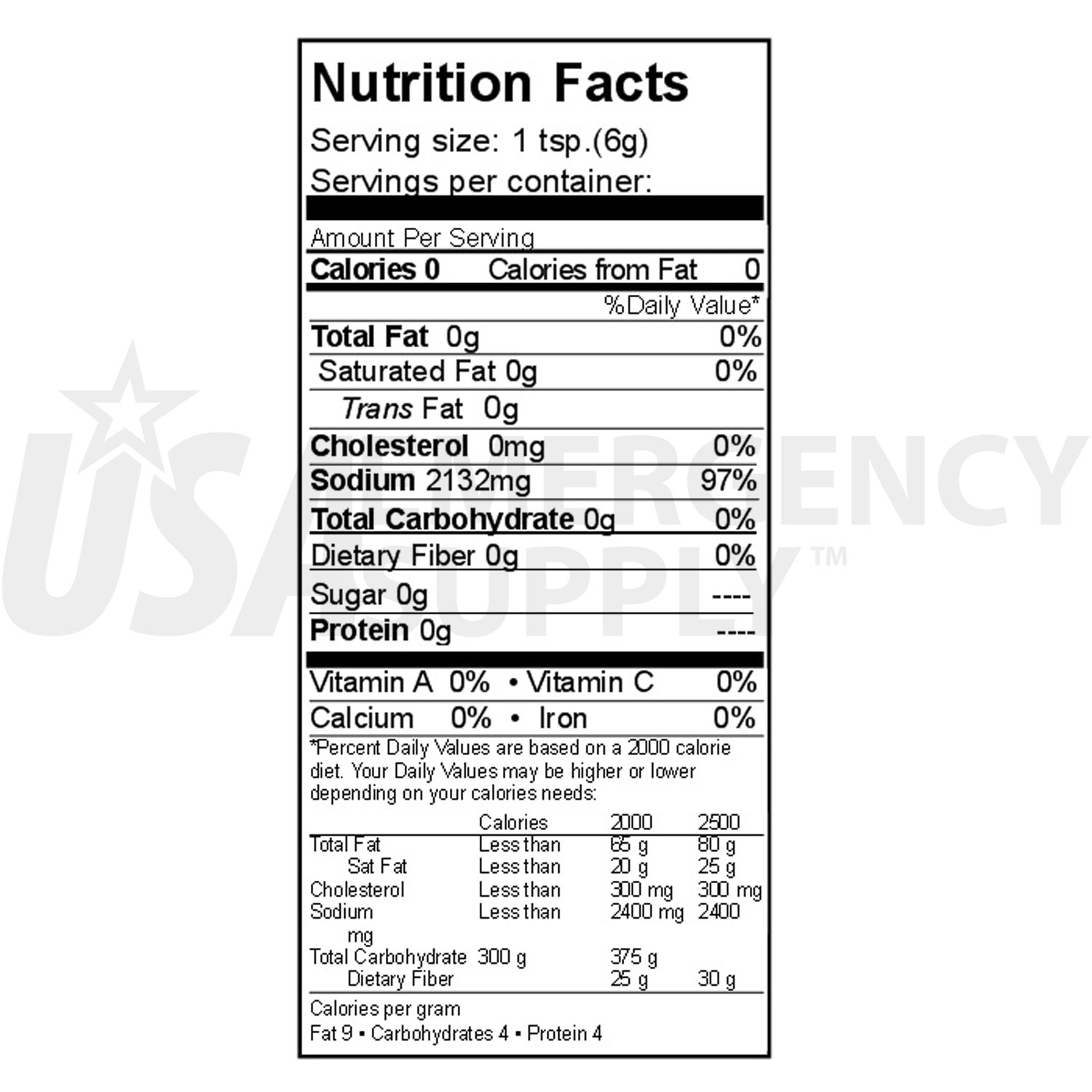



Post a Comment for "44 salt on food labels"